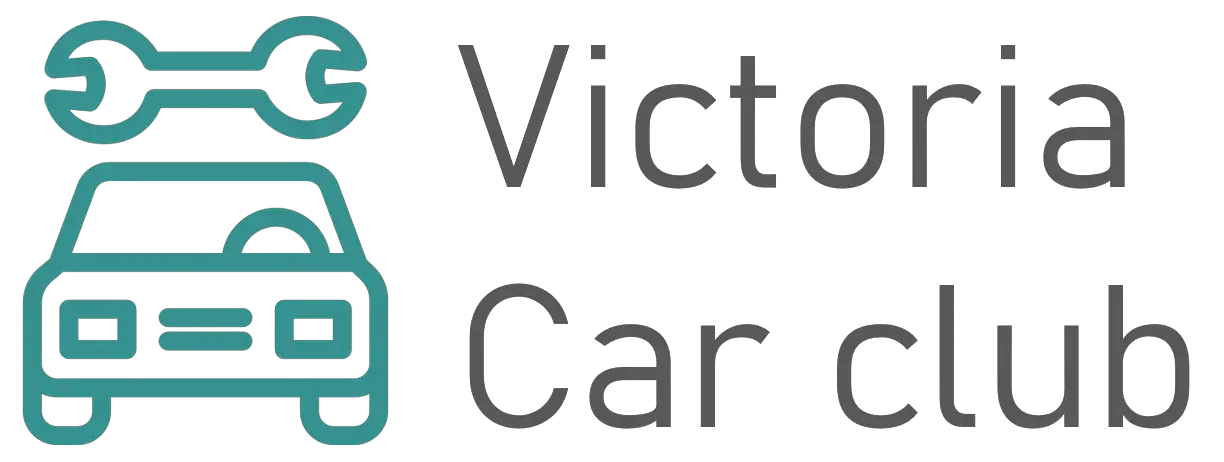Facing problems on your automobile is particularly irritating, in addition to the financial side that these complications signify, one must also add the time lost with a non-functional Tesla Model S and the time spent to detect and fix the breakdown. However, some problems are less serious than others, which is not to say that they do not worry us. On this page we are going to take a look at a trouble that can happen to most of us, feeling vibrations at acceleration on Tesla Model S. This trouble can often be difficult to perceive but it must be taken care of. We will so begin our content page with the origins of these vibrations on Tesla Model S, then, with the answers you have to reduce or stop these tremors.

Why does my Tesla Model S release vibrations when accelerating?
So let’s begin our content page with the origins of this sort of trouble on your car. You should already know that an engine, specifically if it is ancient or if it has been driven a lot, can naturally vibrate without being a trouble behind it. Large diesel engines, specifically those with a lot of torque, can trigger this sort of impression, both at idle and when accelerating.
I feel vibrations on my Tesla Model S only when accelerating
Let’s take the most interesting case for us in this content page. The simple fact that you come to feel trembling on your Tesla Model S during your acceleration phases, in this situation you will have to verify the condition of some elements because various of elements can be at the source of these vibrations and whether or not you are unfortunate a mix of several of them may also be possible, here is the list of components that can be concerned.
- Turbo: If the turbo of your Tesla Model S is defective, it may trigger vibrations that you will suffer when you accelerate at the moment it is running.
- The turbo pressure sensor: This sensor will control the pressure exerted in the turbo of your car, if it fails it may disturb the performance of your turbo and make vibrations that you may come to feel within the acceleration of your Tesla Model S.
- If the turbo is punctured or injured, the end result will be alike, the power supply of your turbo will be disturbed and its performance too. Make sure you visually verify their state.
.
I’m getting vibrations on my Tesla Model S at acceleration and deceleration
We will now look into the situation where you come to feel vibrations on your Tesla Model S when you are accelerating but also when you are idling. If you only come to feel vibrations when you are idling on your Tesla Model S, please seek advice from our content page dedicated to this trouble to remedy your problem. If, on the other hand, you realize that your Tesla Model S vibrates when accelerating but also when it is stopped, here is the list of items to verify:
- EGR valve: In actual fact this valve which handles the return of exhaust gases for pollution standards can become dirty and bother the evacuation of exhaust gases which can trigger Tesla Model S vibrates when accelerating but also when stopped.
- Injectors: Your injectors that control the fuel/air mixture flow may be dirty or damaged, which will generate the wrong amount of mixture and thus prevent your engine block from working effectively, it is even possible that one or more of your cylinders are not running effectively.
- Fuel Filter: Like the injectors, if the filter is blocked it will not let the fuel pass effectively and therefore bother the operation of your Tesla Model S, up to the point of producing vibrations during acceleration.
Here are the main causes of a Tesla Model S that vibrates at acceleration
What can I do to stop the vibration when I accelerate on my Tesla Model S? What can I do?
To conclude, in this last part, we will give you the answers available to you to cure these tremors on your car when you accelerate. Here is the best attitude to adopt according to the part that is affected:
- Turbo: If your turbo starts all these vibrations when you accelerate your Tesla Model S, it will be good for you to control all the components attached to it because changing a complete turbo is a big budget and typically the trouble does not come exclusively from the turbo. So make sure examine your turbo pressure sensor, your flowmeter, the EGR valve and the hoses of your turbo. Otherwise take your Tesla Model S to your garage.
- EGR valve: The EGR valve has the benefit that it is often times easy to access and simple to disassemble/clean. You can always take a look at it and clean it, for this see our content page on cleaning the EGR valve of an Tesla Model S.
- Injectors: Injectors are very delicate components and a few harmful particles may be enough to bother their operation. Use a fuel additive to simply clean the injectors, if this is not enough you will have to go to a expert.
- Fuel Filter: If it is the fuel filter, simply replace it. A fuel filter doesn’t clean itself, so if it is clogged you will just have to replace it with a new one.
Now you have all the info you need to uncover the cause of the vibrations at acceleration on your Tesla Model S. If you don’t feel able to conduct certain procedures don’t hesitate to go to your repair shop.
To discover more tips on the Tesla Model S, take a look at the Tesla Model S category.

